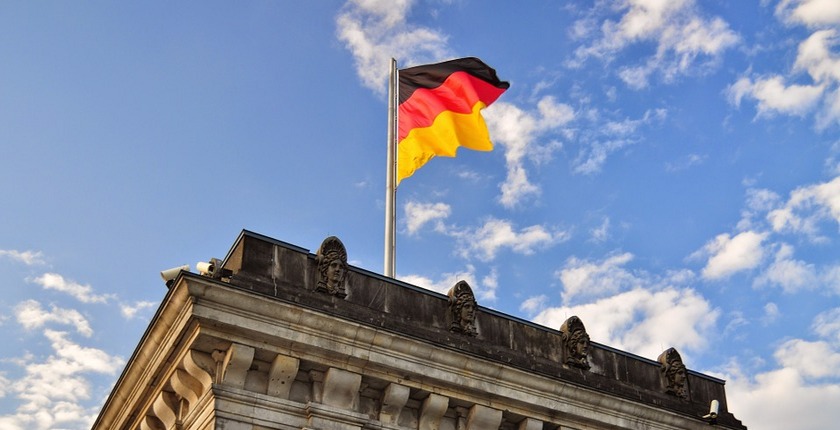
Photo: Pixabay/Kamyq
Germany plans to bring forward its net zero emissions deadline to 2045, or five years ahead of the European Union’s declared target. Germany’s new climate neutrality target, announced by finance minister Olaf Scholz and environment minister Svenja Schulze, could be adopted by the government in Berlin next week.
According to Scholz and Schulze, the new targets for Germany will be a 65% emissions reduction by 2030, an 85% to 90% reduction by 2040, and net zero emissions by 2045.
The current goals are the same as those of the EU – a 55% reduction in emissions by 2030 and climate neutrality by 2050. The EU has recently reached an agreement to make climate neutrality by 2050 a legally binding target.
The move comes after the top court ruled Germany’s Climate Action Law was “insufficient”
The move comes on the heels of a recent ruling by Germany’s Federal Constitutional Court, which found that the country’s Climate Action Law is insufficient and partly unconstitutional and ordered the government to introduce details on greenhouse gas reduction targets for the period after 2030 by the end of next year, according to Climate Home News.
The case was brought by youth climate activists who argued that the law violated their right to a humane future by failing to go far enough to limit global temperature rise to 1.5 degrees Celsius, according to the report.
Berlin seeks to green the steel industry by supporting hydrogen projects
As part of efforts to meet climate targets, the German government is seeking to cut emissions from the steel industry, including by supporting steel mills’ hydrogen projects, Steelguru.com has reported, citing Bloomberg. Making steel production greener would require changes such as replacing coal with hydrogen to heat steelmakers’ furnaces.
According to economy minister Peter Altmaier, the country will need to invest more than EUR 35 billion by 2050 to eliminate emissions from the steel sector, the largest industrial emitter of greenhouse gases.
Germany is hoping to mobilize green investment with the Sustainable Finance Strategy
The government is also trying to attract more investment in climate protection projects through a plan called the Sustainable Finance Strategy, which contains 26 individual measures and is aligned with the United Nations’ Sustainable Development Goals (SDGs), according to a report by Euractiv, which cited Reuters.
The strategy, aimed at making it easier for investors to identify green investment opportunities through the so-called sustainability “traffic light” labeling system, is hoped to develop Germany into a leading location for sustainable finance.









Be the first one to comment on this article.